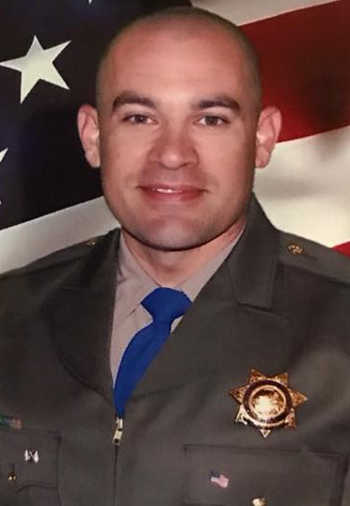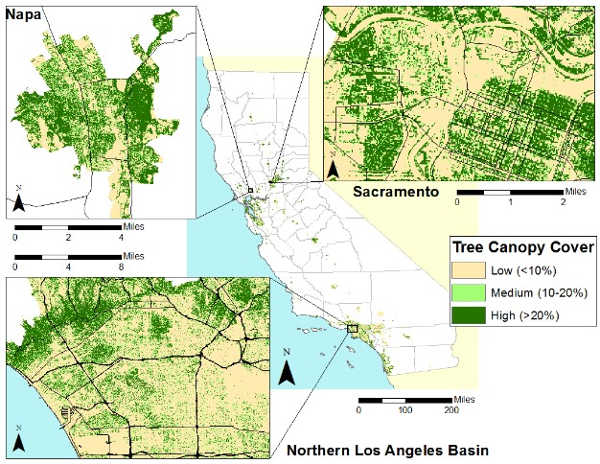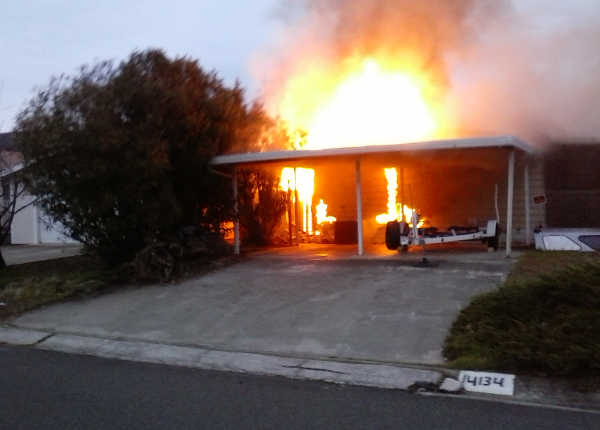- Lake County News reports
Local preschools receive strong ratings from state quality control program

LAKE COUNTY, Calif. – The Lake County Office of Education State Preschools recently received strong ratings on the Quality Counts California matrix, which measures the quality of preschools in California.
All eight LCOE State Preschools were rated, and all eight preschools were given a Tier 4 rating, with a Tier 5 rating being the highest achievable.
According to the State of California’s Web site, a Tier 4 rating means that each preschool is demonstrating quality across almost all elements of their programs.
Those LCOE State preschools receiving a score of Tier 4 include:
– Burns Valley Early Connection Preschool;
– East Lake Early Connection Preschool;
– Kelseyville Early Connection Preschool;
– Lakeport Early Connection Preschool;
– Lower Lake Early Connection Preschool;
– Lucerne Early Connection Preschool;
– Middletown Early Connection Preschool;
– Pomo Early Connection Preschool.
“I am so proud of all our Site Coordinators who worked incredibly hard over the last year,”
Megan McDonald, interim director of the LCOE State Preschools said. “We aimed for a challenging goal of having all sites reach a Tier 4 and we did it!”
The Quality Counts California matrix is used to measure the effects of the Quality Rating and Improvement System, or QRIS, a voluntary statewide program which was introduced into Lake County in 2015 through the Lake County Office of Education.
The primary focus of QRIS is to enhance program quality for all children involved in participating preschool programs, and focuses on providing information, resources, and support to early care and education programs, in a consistent, state-wide manner.
The ratings of the preschools were performed by Angela Cuellar-Marroquin, coordinator of the Lake County QRIS and the Child Care Planning Council, and her staff.
“Outside assessors from Sonoma County also participated in the ratings to ensure objectivity and to make sure that California standards were being met,” explained Cuellar-Marroquin.
She added, “When preschool sites choose to participate, they go through a process of coaching, improving, and rating.”
Each preschool participating in the QRIS program is rated on child development and school readiness, social and emotional development, effective teacher-child interactions, classroom environments, professional development and family engagement.
Other sites that recently joined the program include Pine Summit Seedlings, The Learning House, Yuba College Child Development Center, Bundle of Joy Nature Preschool, Alphabet Soup Children’s Learning Center, Early Learning Centers in both Clearlake and Lakeport, and Habematolel Pomo of Upper Lake Education Center.
These sites will receive their ratings within the next two to eight months. That timeframe is based on when they joined the program.
“This is just a small sample of the quality that we have in early care here in Lake County,” said Cuellar-Marroquin.
“I think we are truly helping to set a precedent in this county for what high quality early education should look like,” McDonald said. “The leadership and staff at LCP and QRIS inspire me on a daily basis.”
Cuellar-Marroquin was thrilled with the rating results of the initial preschools. “If you have a child at any of these sites please join us in congratulating the hard working teachers who are providing the high quality care to your children.”
“I am pleased that our LCOE State Preschools earned such a strong rating, and are providing quality early childhood education (ECE) to Lake County preschoolers,” Lake County Superintendents of Schools Brock Falkenberg said. “Research shows that quality ECE is associated with higher measures of early language and math development, preparing our youngest members of Lake County for kindergarten.”
If you would like more information about the Quality Rating and Improvement System or about joining the Child Care Planning Council, please contact Angela Cuellar-Marroquin, LPC/QRIS coordinator, at 707-262-4162 or via email at

 How to resolve AdBlock issue?
How to resolve AdBlock issue? 

















